Meet
Storm Bennett
CEO, National TV/Radio Personality, National Voiceover, Entrepreneur
Storm Bennett is CEO of six-time Telly Award-winning Killerspots Agency, On-Air talent, International Voice over and Marketing Maven.
Storm Bennett is a true renaissance man. A distinguished marketing guru, business strategist, and an international voice talent for over 30+ years, Storm has helped brands discover their unique voice, elevating awareness of their businesses above the noise of competitors.
By leveraging his industry experience, strategic execution of marketing plans and implementing his vetted staff of professionals, Storm speaks directly to his clients’ target audiences, increasing market share and driving conversions for clients in every industry across the United States.

Storm and his son Harry posing at the Local 12 - CBS news desk.

Kirk Herbstreit of ESPN in studio with Storm @ Killerspots Agency
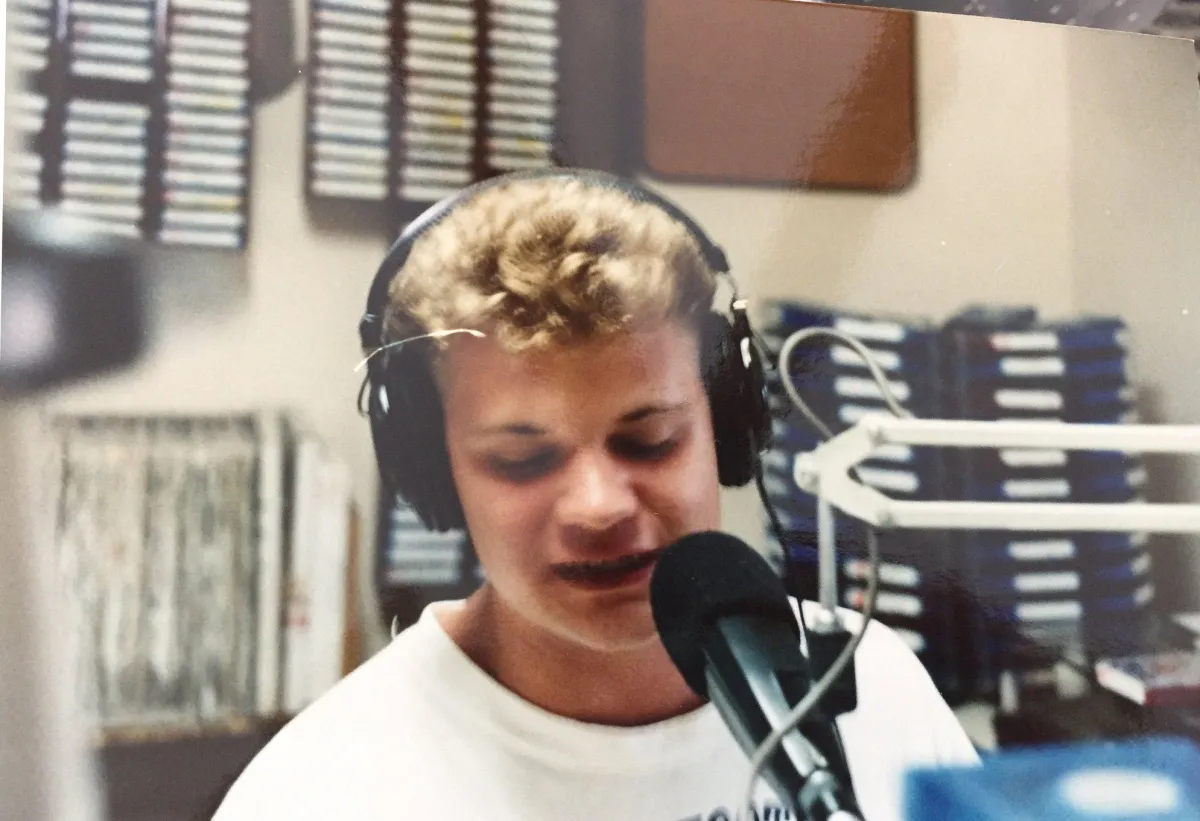
Storm's first on-air pic in 1993 on Kiss fm OC Maryland
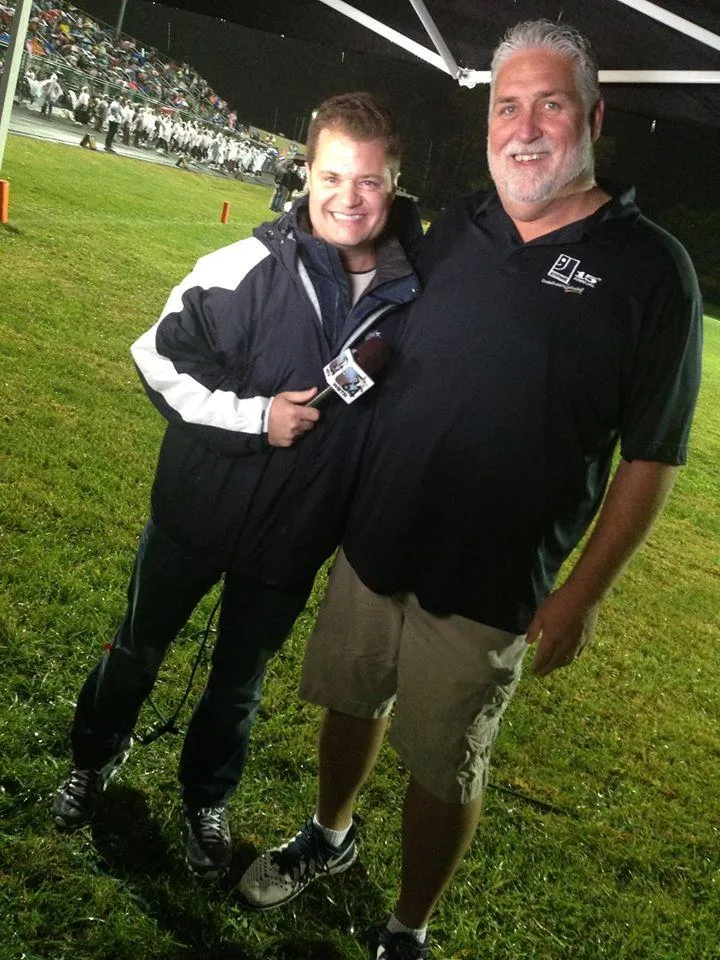
Joe Walter from the Cincinnati Bengals
In the Cincinnati and Tri-State region, there are few media personalities as
well-known as Storm. His flair for captivating audiences is famous and his
skills in endeavors ranging from television, radio, voiceovers, and omnichannel
marketing have been bolstering businesses for three decades and counting. Storm’s natural talent for capturing the interest of audiences has helped build a media legacy that includes receiving the Business Journal’s ‘40 Under 40’ recognition, winning six Telly awards, being the emcee for the Palm Beach Tan Award shows, and being CBS Cincinnati’s Business Minute host, just to name a few.
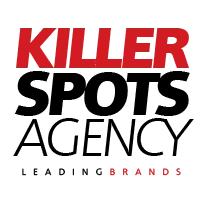
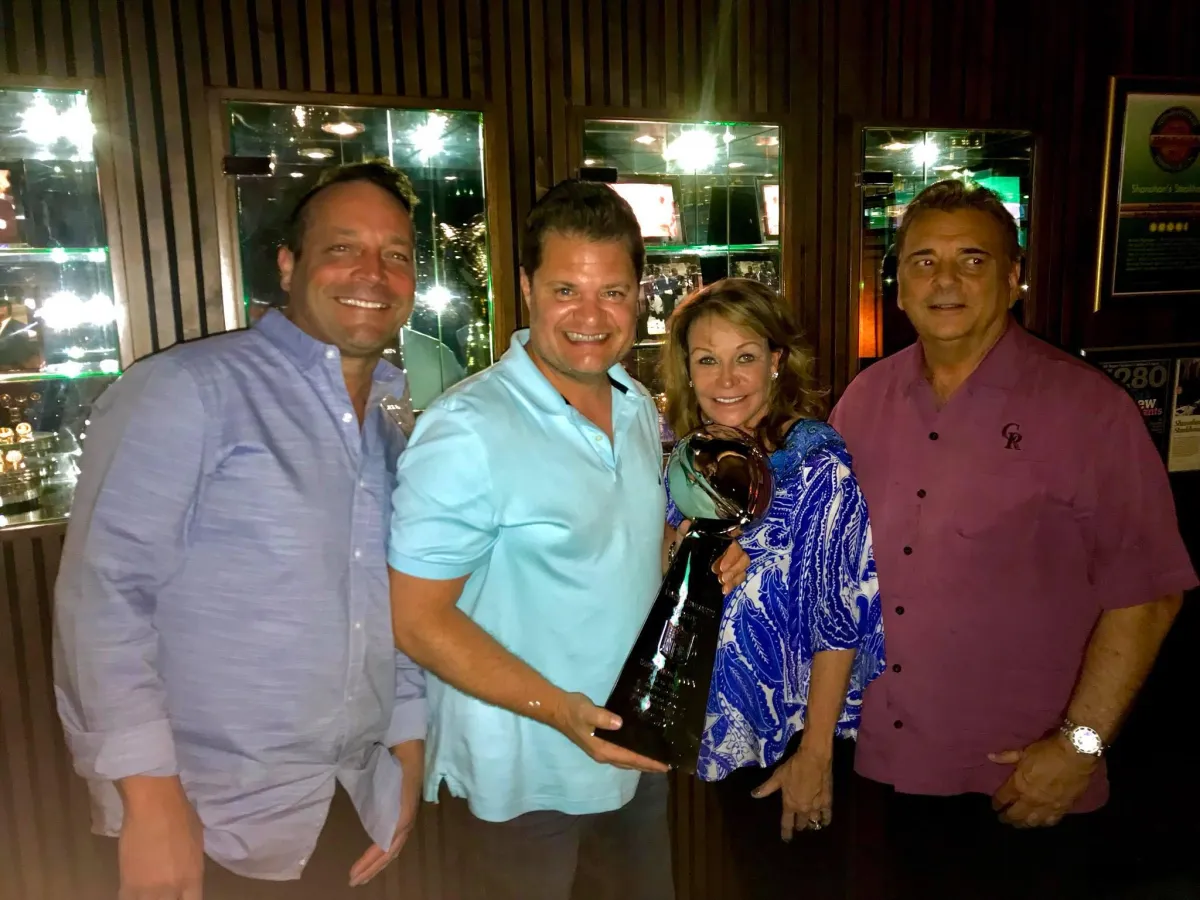
Holding the Heisman Trophy at a client dinner in Denver
Storm on set in New England for a on-location tv shoot with his Killer Team!
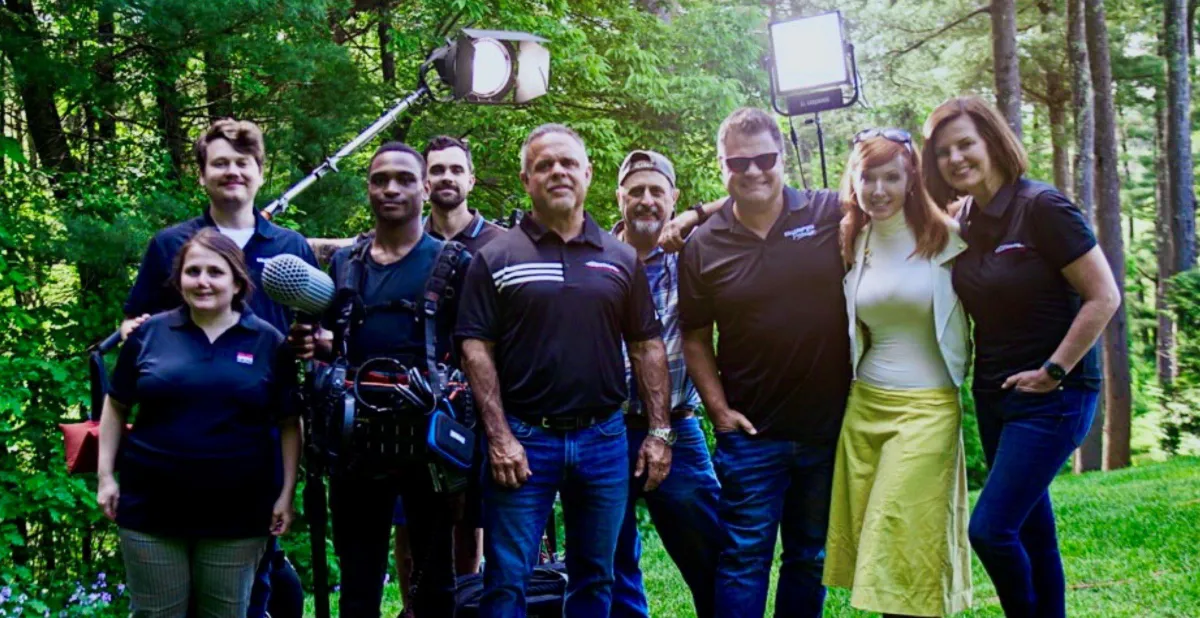
Holding the Heisman Trophy at a client dinner in Denver
Storm continues to be one of the most dynamic, sought-after personalities in the Tri-State area and beyond, bringing his wide range of experience and magnetic charm to elevate every project he touches. Together with his clients, Storm creates meaningful, strategic approaches to individual media plans, building each from the
ground up while taking into account the unique needs and business challenges of each brand.
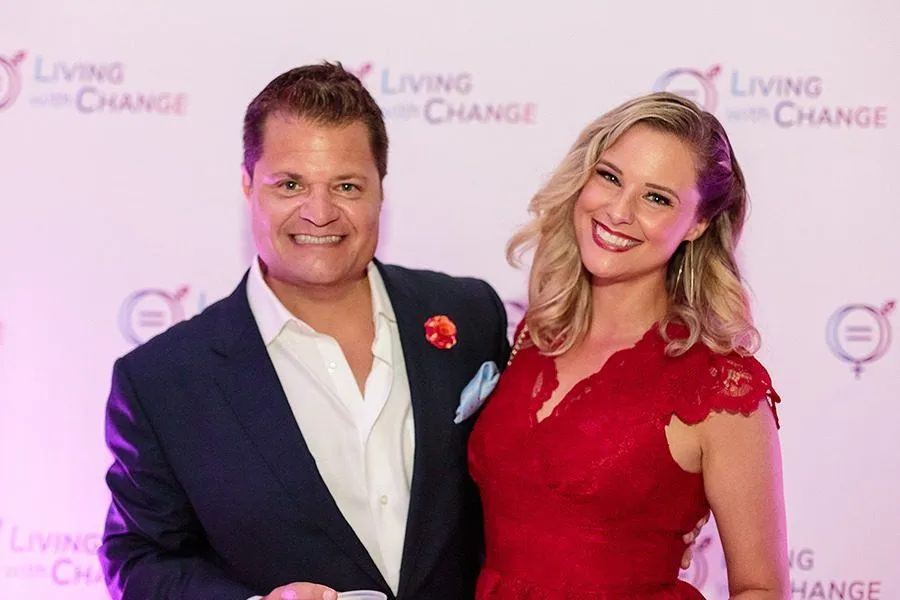
Storm & Wife Heather at a Charity Event
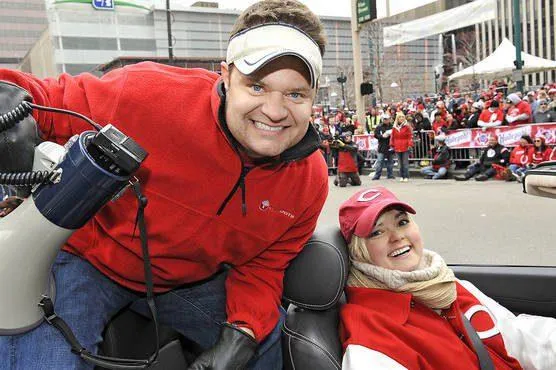
Red Opening Day Parade!
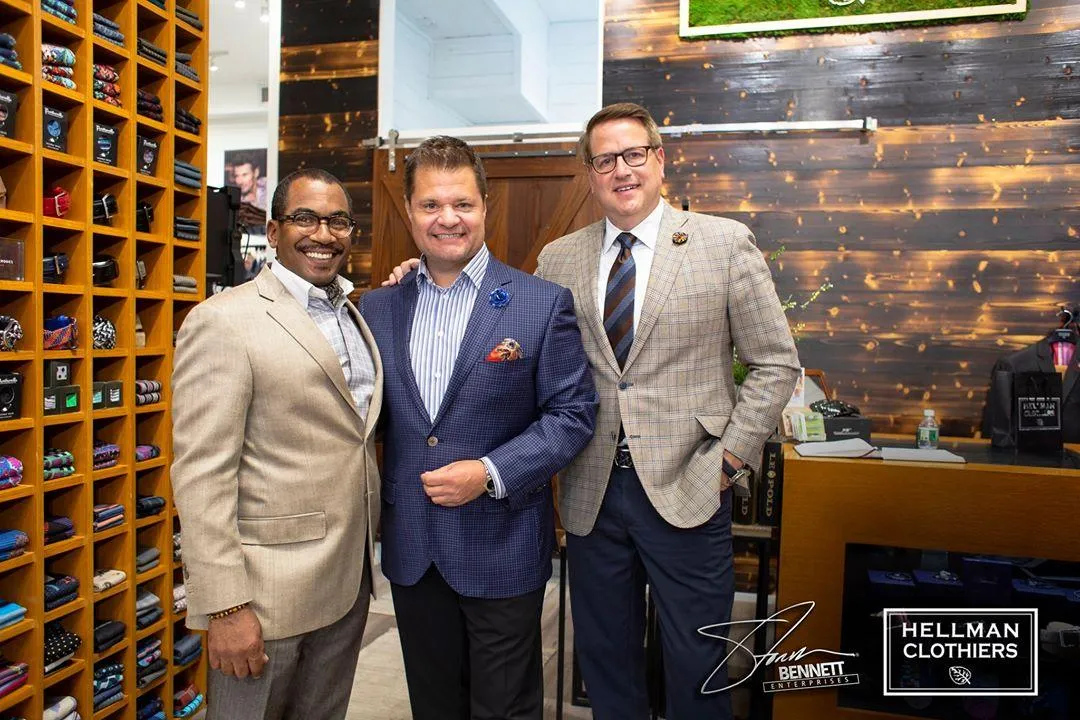
Darrell, Storm and Chuck from Hellman Clothier's
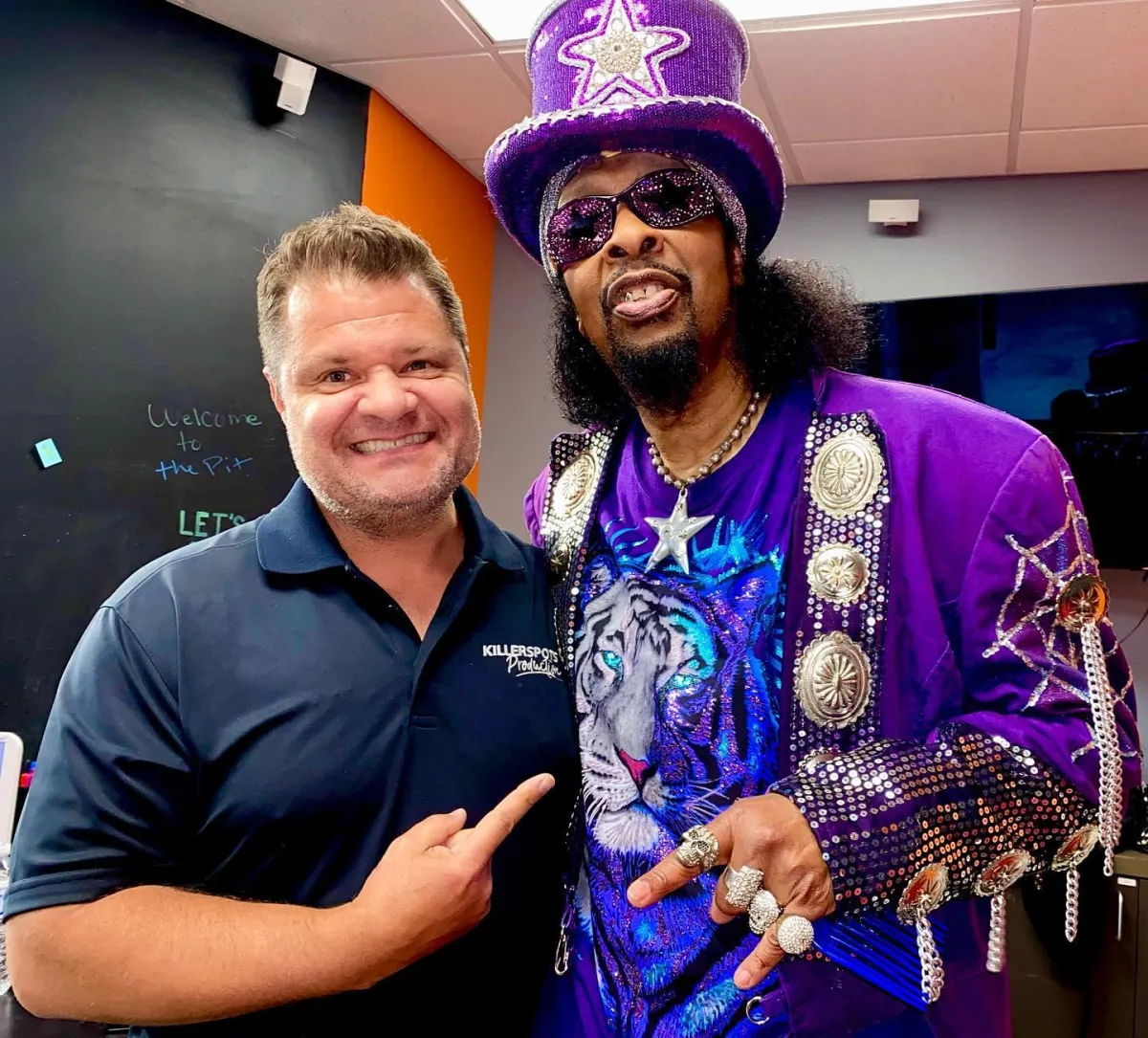
Bootsie Collins in Killerspots Studios

The Duffy Realty Team at Killerspots
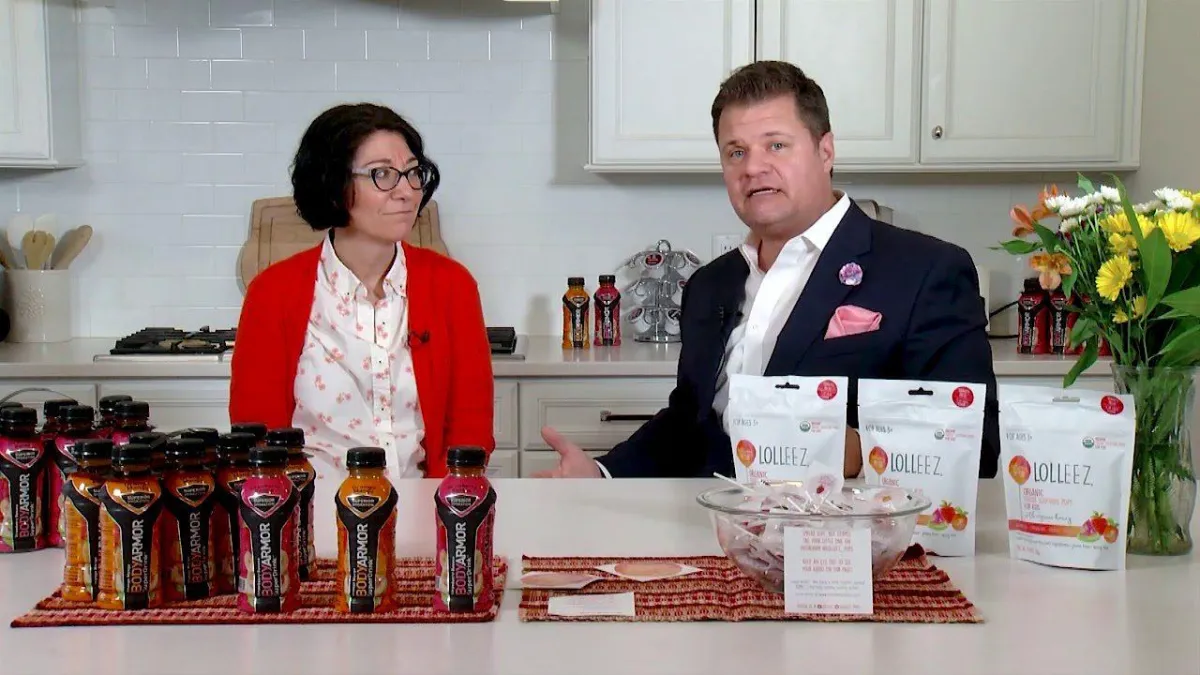
On Set with "Body Armor" Sport Drink

Kiss Fm On-Air Staff | Reno - Storm Tommy Bo - Jordan
Since 1999, everything a client could need for triggering exponential and track-able growth can be found within Storm’s KillerSpots Agency.
Never one to fear a jump into the unknown, Storm’s career began in the 90s when he became an intern for the Glenn Beck Program on Baltimore’s B-104FM/WBSB. This initial foray into radio proved formative for Storm, giving him a strong foundation to understand the power of radio and his own voice. It started him down the path to become the true renaissance man he is today.
After dipping his toes into talk radio, Storm continued DJing coast-to-coast in hot markets like Washington DC, Baltimore, Ocean City, Houston, Atlanta, New Jersey, and New York; catapulting clients to success in every location. Storm has mastered the media and advertising worlds in the years that followed, serving not only as a leading voice but as a pivotal thought leader in marketing and advertising.
When it comes to meaningful marketing, Storm’s talents are second to none. From pinpointing his clients’ business needs and moving to create comprehensive marketing and advertising strategies that surround target audiences, Storm and KillerSpots build marketing campaigns that drive conversions and build consumer loyalty for brands across a range of industries. He’s been the face and voice of numerous companies via nationally aired television commercials, websites, and corporate events, even emceeing corporate functions, and has been the face of a number of major brands, such as BMW, Honey Baked Ham, Frisch’s restaurants, and Pirates Cove Tropical Grill.
When placed at the helm of a brand, Storm has shown time and again a natural ability to ignite growth. In the late 90s, Storm was the Vice President of Entertainment and Marketing for Chills and Thrills, Inc. Soon after, he would be hired and move to Cincinnati as the Entertainment and Marketing Director for The Yucatan Liquor Stands.
Within a few years, Storm would become a partner for Yucatan, and he would stay in Cincinnati, where he’s still making a mark on the media and marketing landscape there today.


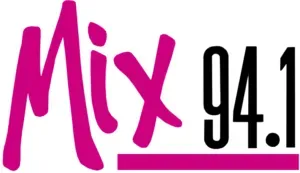
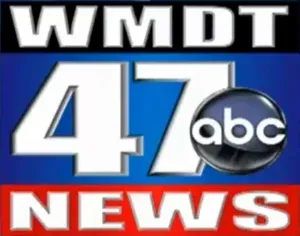


Dan Newlin. Florida's #1 Attorney, and an Ambassador to President Donald J. Trump- Orlando.
Since moving to Cincinnati, Storm has become regionally known from stints as a DJ for KISS 107FM and MIX 94.1FM. Over the course of the past 20+ years, Storm has also been an integral part of the Sinclair Broadcasting team, where he is an on-air personality, brand ambassador and commercial voiceover talent heard and seen on Cincinnati’s CBS affiliate; Local 12 – WKRC and the My Networks; Star 64.
While he holds a bachelor’s degree in Television, Theatre, and Marketing from Maryland, Storm attributes his success to having a strong, old-fashioned work ethic and a genuine passion for the work he does as well as the businesses he supports.
Storm Bennett is married to Heather Bennett (CEO of Dès Vu Experiences, llc.)
Storm and Heather are passionate about giving back and is involved in local charities such as The Make A Wish Foundation and the Ronald McDonald House.
To book or Contact Storm Bennett, please contact:
The Killerspots Agency.

Storm and his wife Heather Bennett with NYC's Finest!

Storm and Heather at a Cincinnati Charity

Storm and his father James Bennett III.
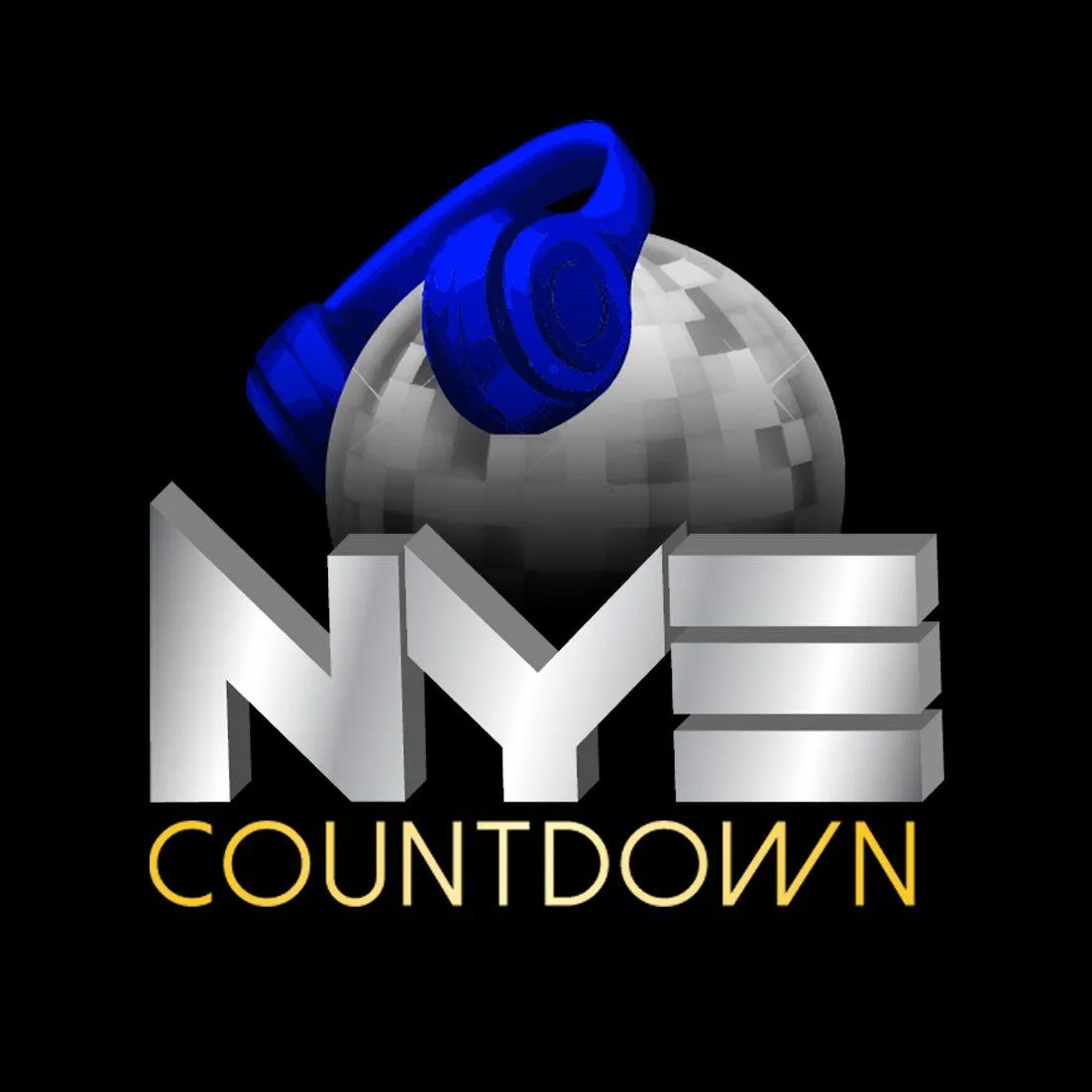
NYE COUNTDOWN
Storm Bennett is also the founder of NYE Countdown, a suite of industry-revolutionizing DJ tools that turns parties worldwide into spectacular events. Designed for DJs, resorts and nightclub owners looking to amp up their New Year’s Eve festivities. NYE Countdown allows for a customized countdown that can be tailored to include stunning graphics, logos, and professionally voiced names in any language for clients all over the world. Clients currently using NYE Countdown include some of the hottest hotels, clubs, and casinos including Melia Resorts, Ritz Carlton Spain, Mohiba Switzerland and Energy Nightclub Cincinnati.
Office & Studios:
463 Ohio Pike Suite 301, Cincinnati, Ohio 45255
Call (513) 270-2500
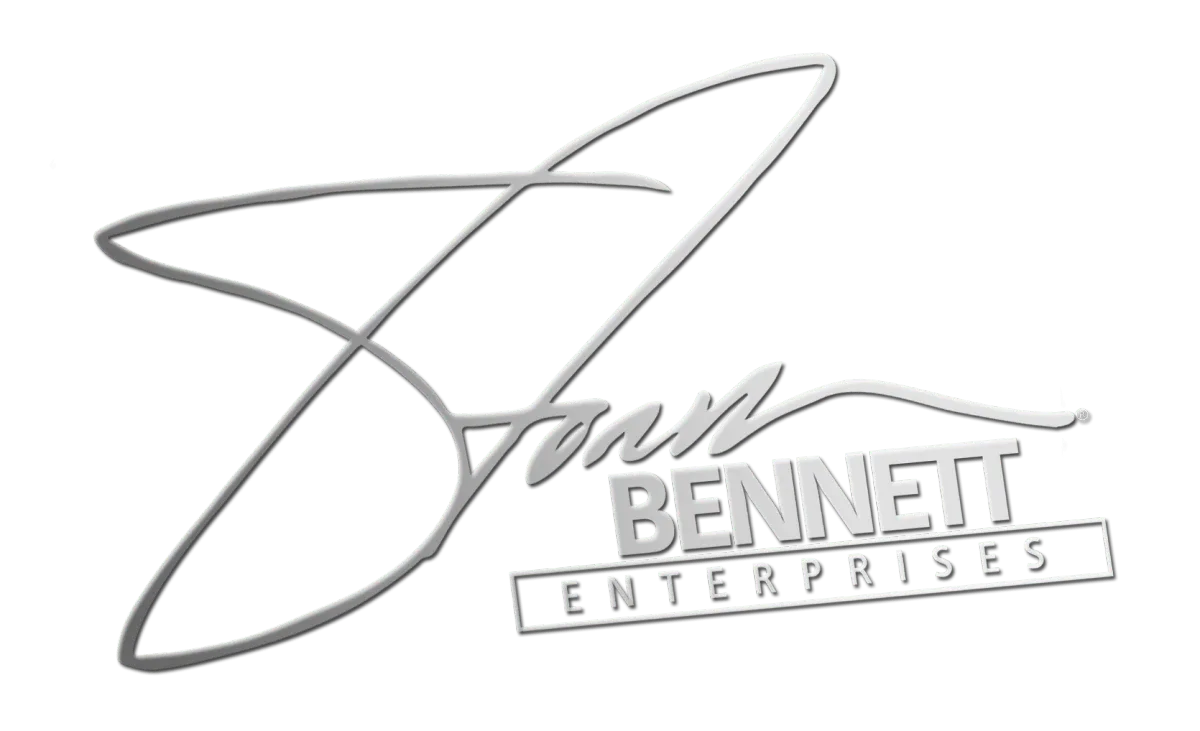
COMPANY
FOLLOW ME
Copyright 2025. Storm Bennett. All Rights Reserved.

